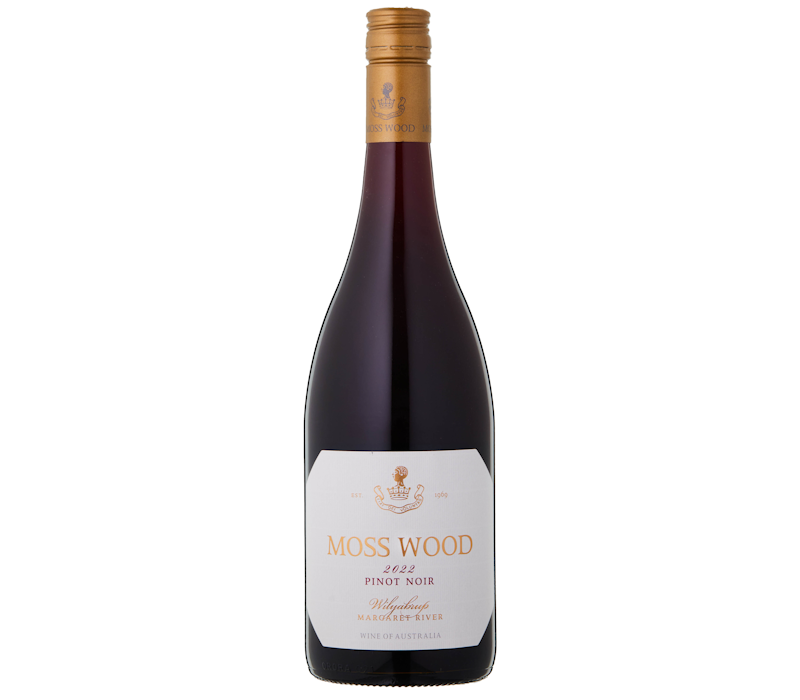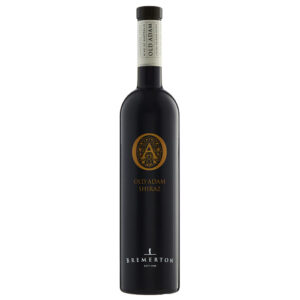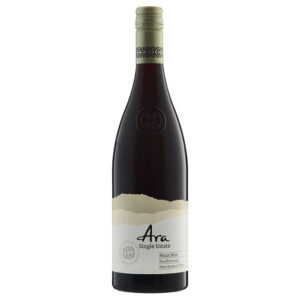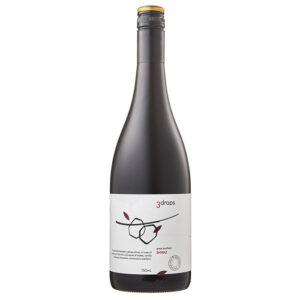Your cart is currently empty!
Vintage Notes
In 2021 we experienced an exceptionally wet year, receiving 1440mm of rain, about 40% above average. As custodians of dry-farmed vineyards, we love lots of rain but it can have downsides. Tractor operations are challenging when navigating muddy conditions, often leading to thrills and spills. However, the excellent soil moisture provides a strong start for the vines.
Flowering began on the 6th November and lasted for 27 days. The median date of 18th November was 9 days later than average, indicative of the cooler temperatures in a wet year. In an amusing and lucky twist, the rain eased and we recorded just 13.8mm, and temperatures dropped below 5°C for only 5 hours. These conditions were near-ideal for fruit set, leaving us optimistic for the season ahead.
The remainder of the growing season was characterised by warm temperatures, with an average of 20.67°C, closely matching the 2020 season (20.71°C). December brought some hot days, with maximum temperatures exceeding 35°C on the 25th through 28th. The warmest day was Boxing Day, reaching 41.2°C. Although temperatures above 35°C can stress vines and halt photosynthesis, the substantial moisture in the soil from the wet winter allowed our deep-rooted, unirrigated vines to withstand these conditions.
Ultimately, the vines experienced 846 hours of temperatures between 18-28°C and 110 hours above 33°C, providing ample ripening weather. We’re happy to add we had no disease and no bird damage, having successfully excluded the birds from the vines by using nets.
Harvest commenced with the D4 Clone coming off on 23rd February at 13.5° Baume, followed by the D5 clone on 1st March at 13.7° Baume. The average yield was 5.94 t/ha, 4% below average, reflecting the overall favourable conditions of the season.
Production Notes
The fruit was hand-picked and delivered to the winery, where 80% was de-stemmed and added to small open tanks and the remaining 20% was sorted and then added to the fermenters as whole bunches.
For those readers curious about the whole bunch addition, the explanation is as follows. This enhances quality because the presence of the bunch stems brings important components. The first is extra tannin, which adds backbone to the palate and also helps stabilise colour, something that can be lacking in Pinot Noir. The second is the lifted, spicy complexity in the aroma profile.
The must was chilled for 48 hours to enhance flavour, colour, and tannin extraction. After warming, each tank was inoculated with multiple yeast strains for primary fermentation. Extraction of colour and flavour was by hand plunging, three times daily and each batch remained on skins for two weeks. After fermentation, the wine was pressed to stainless steel for completion of both alcoholic and malolactic fermentations. The wine was then transferred to French oak barrels (18% new) for 18 months of maturation. Fining trials indicated that no fining agents improved tannin balance, so the wine remained unfined. It was sterile filtered and bottled on October 30, 2023.
Tasting Notes
Colour and condition:
Clear and bright condition, vibrant crimson red.
Nose:
Primary aromas of red fruit; strawberry, raspberry and red cherry. Floral notes of rose petal and potpourri. Background characters of cedar, mushroom and forest floor with subtle clove and charred oak on the finish.
Palate:
Bright, mouth-filling fruit notes of strawberry, cherry and plum. Pleasant spice characters of nutmeg, clove, cinnamon and dried herbs. Plenty of fruit density without being overpowering. Creamy and velvety in texture, the tannins and acid sit nicely in the background, helping give the wine power right through the middle and back palate.
Cellaring
The 2022 Moss Wood Pinot Noir is a vibrant and approachable wine, offering lively fruit flavours and a well-balanced profile that’s makes it perfect for drinking now. Yet, like many of its counterparts, it has a promising future in the cellar for those willing to be patient. With a decade of aging, it will begin to show some bottle complexity, and true maturity will unfold over the next 20 or so years and more. By then, it should retain its red and dark fruit characteristics while evolving to reveal the variety’s classic earthy notes of mushroom, meat, farmyard, and freshly turned soil. A wonderfully showing, current example of a Moss Wood aged vintage is the 1992, which has consistently been a shining example, given the cork has not tainted it. We are very relived that sealing our wines with screw cap excludes this disappointment.








